(Jouy-en-Josas 1930 – Excideuil 2005)
Portrait of the artist's mother
Oil on canvas
H. 171 cm; L. 70 cm
Signed on the back
Provenance: Private collection, Périgord
Born in the heart of the Bièvre valley, a few kilometers from Versailles, Elisabeth Dujarric nevertheless comes from two important families, whose origins are elsewhere. She is the daughter of Marcelle Friedmann, whose parents have retained German ties, mainly in Berlin where Adolphe Friedmann is an eminent businessman. On his father's side, the Dujarric de la Rivière family have been living in Périgord for several centuries and their traces can be found in Agonac and Trélissac in the 18th and 19th centuries. It was in Saint Sulpice d'Excideuil in the northeast of the department that the family settled, at the famous Château de la Rivière with which they would adorn their name. Scholars, doctors, scientists, artists, the members of this family will bring some additional letters of nobility to Périgord. Elisabeth's father, an eminent researcher, will be a member of the Academy of Medicine in part for his discoveries on the Spanish flu. The Périgueux hospital still bears his name today. In this isolated Périgord house in the countryside, Elisabeth Dujarric will create a workshop where she will work in the summer, while she lives in Paris to get away from the harsh winters. Within the capital, she will be a fervent protector of the city of artists called "La Ruche", well known to lovers of modern art since a few young people without means have been able to create their works there, like Modigliani, Soutine , Léger, Laurencin, Zatkine, Dorignac and Chagall. After courses in Art History at La Sorbonne and passages through the Academies Jullian and de la Grande Chaumière, Elisabeth Dujarric will receive in 1957, the prize of the Salon de la Jeune Peinture held at the Musée d'Art Moderne de la city of Paris. This award is part of her first period of work where she developed a style all in materials, with broken perspectives, modified hues and focusing mainly on portraits and still lifes. In the 1960s, she changed her style, as evidenced by the exhibitions in the Parisian galleries of the time, where the artist produced subjects from everyday life in light colors with atypical framing and compositions.
Elisabeth Dujarric creates several series of full-length figures, on large format canvases. These paintings are studies that serve him for larger compositions, or works of expression in themselves. Here it seems that it is his own mother who is represented in a simple outfit and slippers. The first underlying plot is strong, almost violent and gives the upper layers a soul.




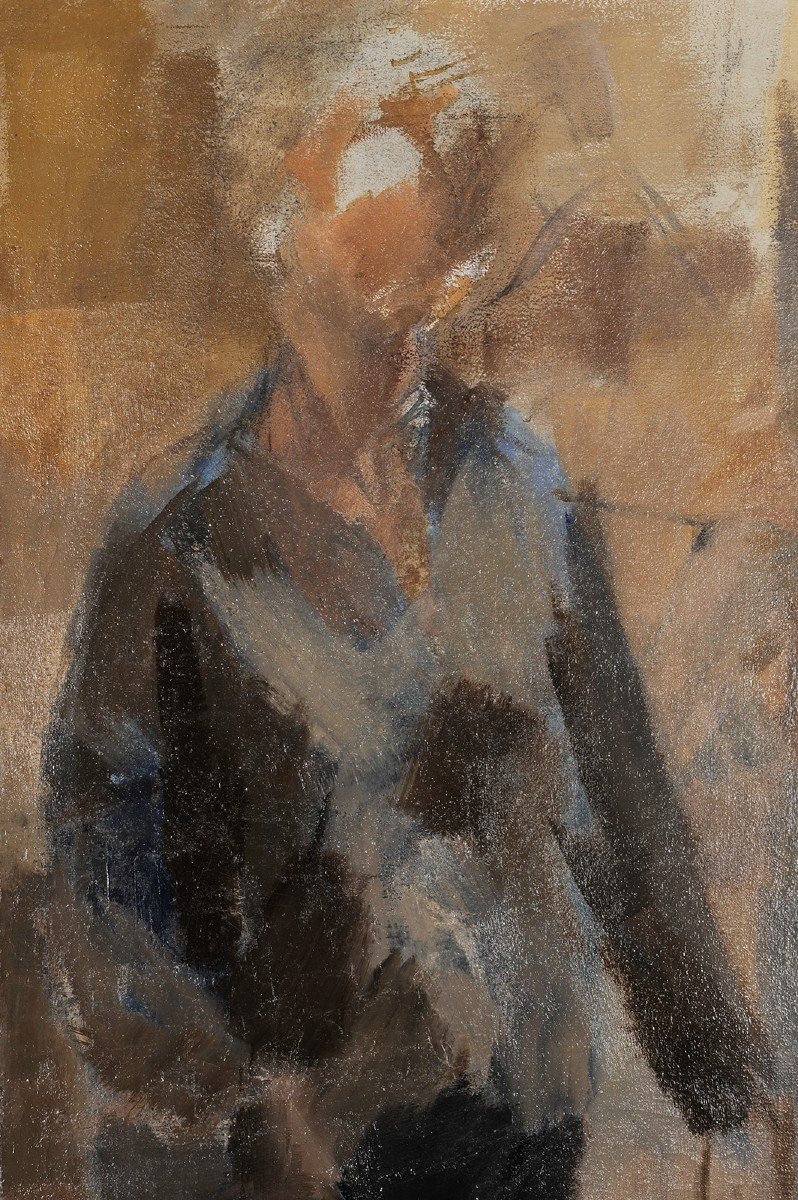
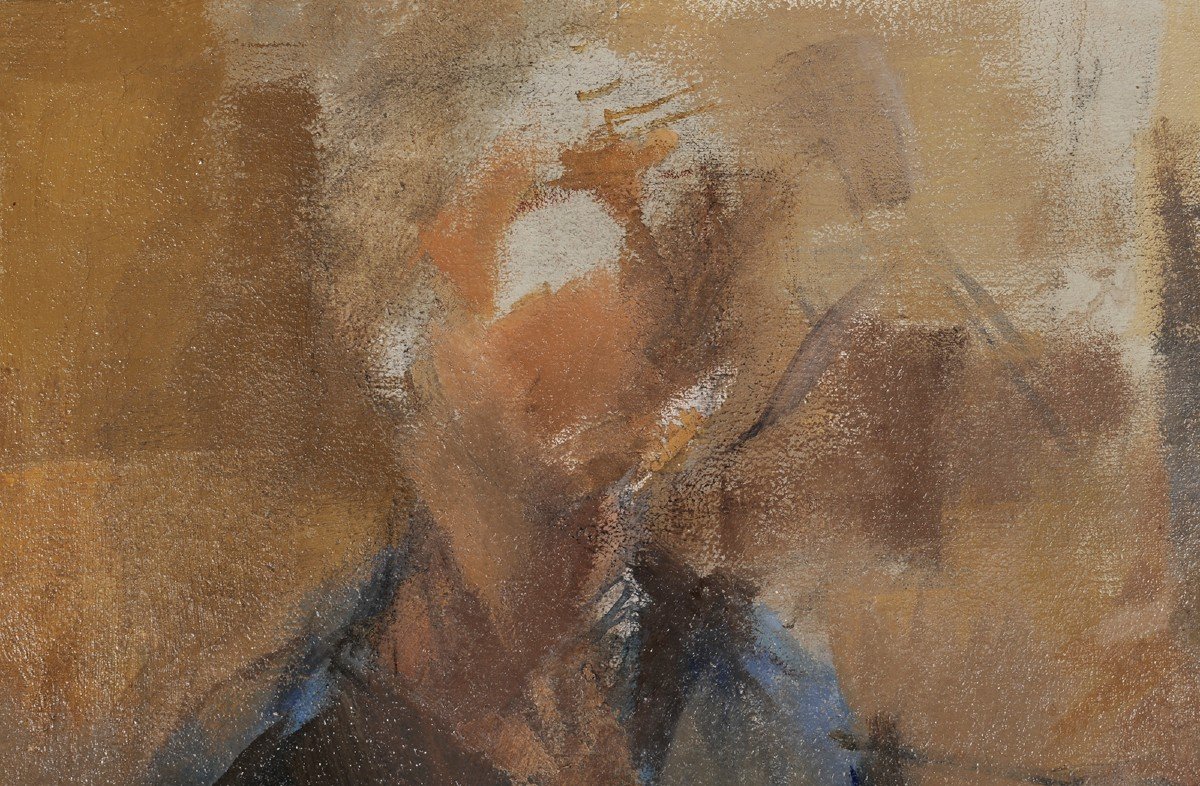
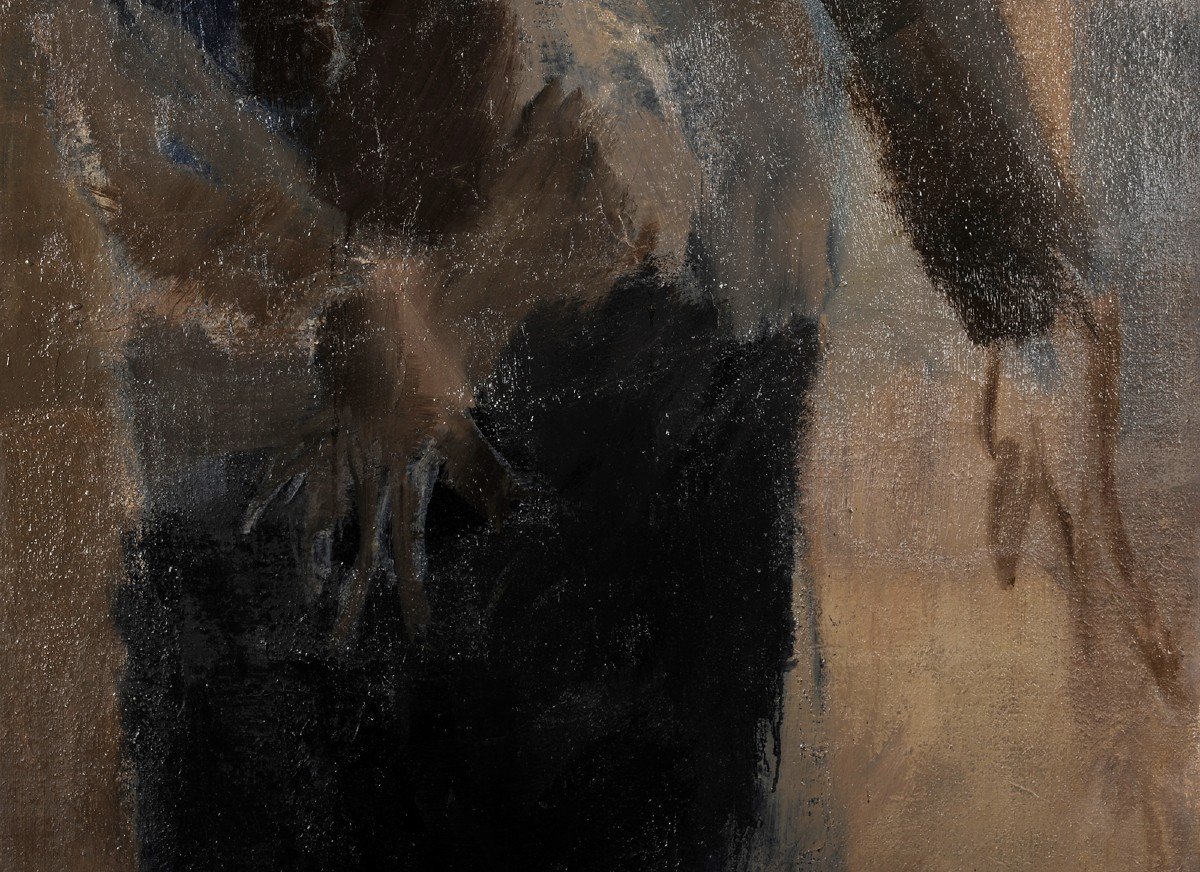

















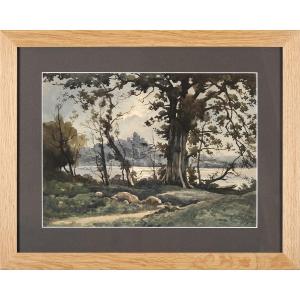




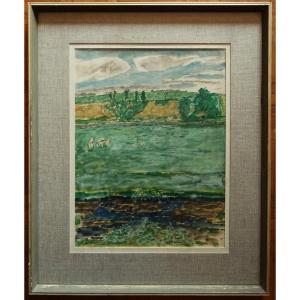

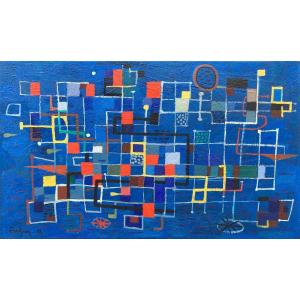



 Le Magazine de PROANTIC
Le Magazine de PROANTIC TRÉSORS Magazine
TRÉSORS Magazine Rivista Artiquariato
Rivista Artiquariato